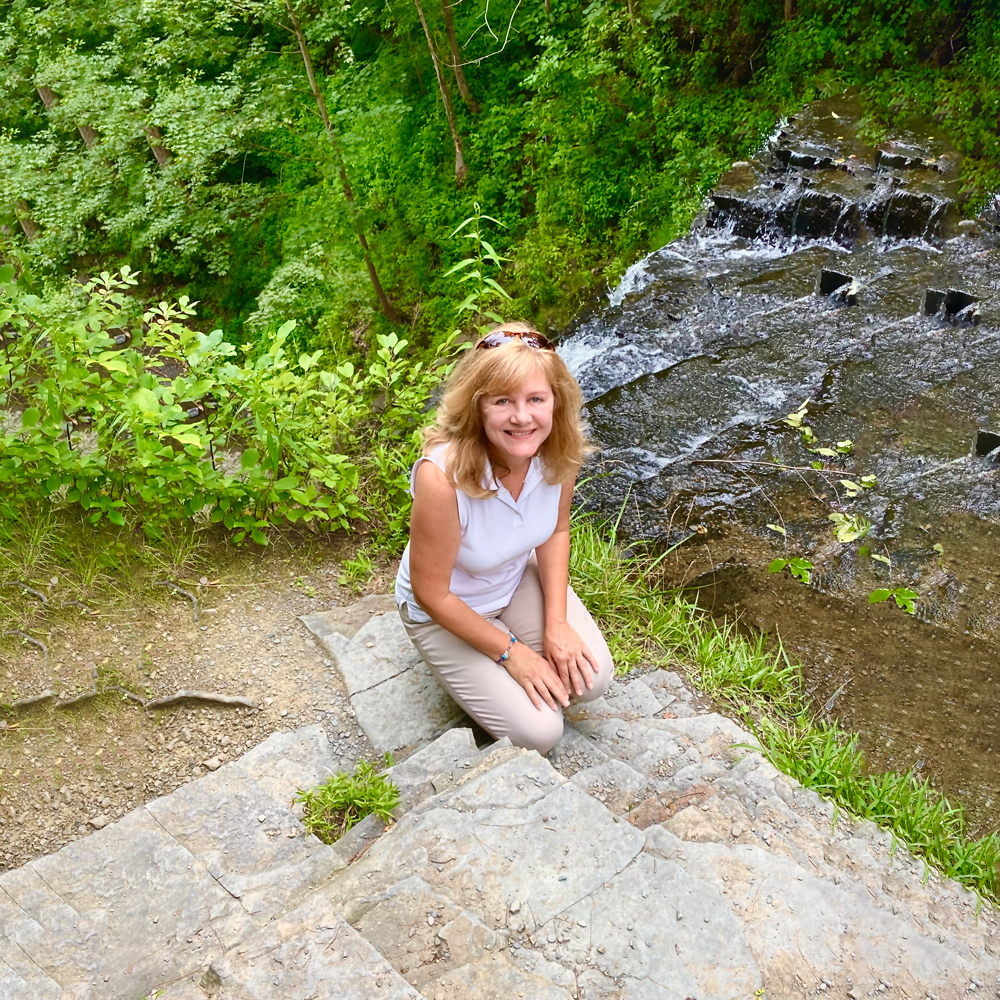Finding the perfect homestead isn’t just about the dream—it’s about the details. Buying land for self-sufficiency is an exciting step, but it comes with challenges that can make or break your success. The right property can provide security, independence, and sustainability, while the wrong one can lead to frustration and unexpected expenses. Whether you’re planning to grow your own food, generate your own power, or simply live a simpler life, choosing land wisely is crucial.
A recent video from Nathan Dickeson lays out four crucial factors to consider before making the leap, plus a bonus tip that could make all the difference in your self-sufficiency journey.
1. Affordability: Keeping Your Homestead Sustainable
A homestead should bring freedom, not financial strain. When searching for land, consider not just the upfront price but also ongoing costs like property taxes, maintenance, and potential improvements. Rural land is often more affordable than city property, but accessibility and infrastructure (roads, utilities) can add unexpected expenses. A clear budget, with room for surprises, ensures your homestead remains a sustainable investment.
2. Water: The Lifeline of Your Homestead
Without a reliable water source, a homestead simply isn’t viable. Look for properties with wells, springs, ponds, or a year-round creek. Rainwater collection can supplement, but it shouldn’t be your only option. Consider water rights and local regulations—just because a stream runs through your land doesn’t mean you have legal access to it.
3. Energy Availability: Powering Your Off-Grid Dreams
A truly self-reliant homestead needs sustainable energy options. Solar panels, wind turbines, and even water mills can generate power, but location matters. Is there enough sun exposure? Steady wind? Running water? Even if you plan to stay connected to the grid, having backup options increases resilience.
4. Local Laws: Know Before You Buy
Not all rural areas are homestead-friendly. Zoning laws, building codes, and land-use restrictions can impact everything from livestock to alternative housing (like tiny homes or yurts). Research county regulations before falling in love with a property—some places make self-sufficiency easier than others.
Bonus: Local Climate – The Hidden Key to Success
A temperate climate makes self-sufficiency far easier. Growing food, keeping livestock, and even staying warm in winter all depend on weather conditions. Extreme climates require more resources—whether it’s heating in the cold or water management in drought-prone areas. Finding a location where nature works with you, not against you, can make homesteading more rewarding and less stressful.


